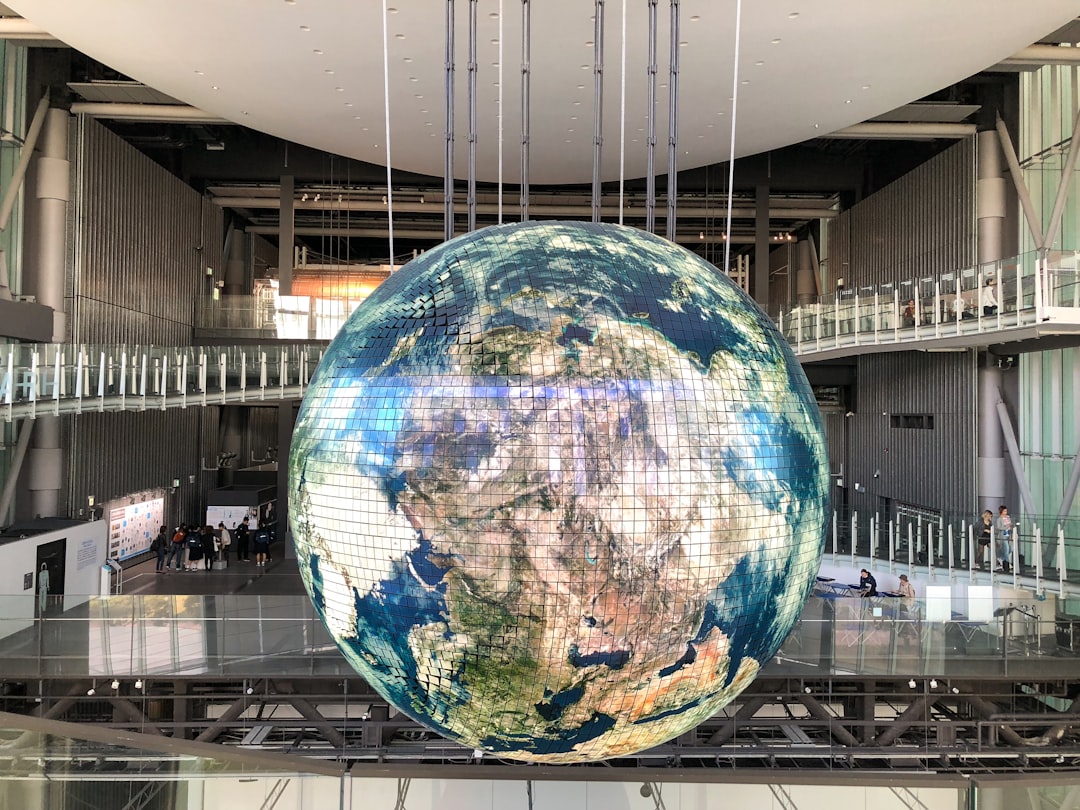What is it about?
The article demonstrates how the fixing of maritime boundaries is part international law and part geo-science (mapping), the two disciplines being intertwined. The un-delimited boundary in the Beaufort Sea between Canada and the United States is used to show how a law-and-science approach that follows the rulings of international courts and tribunals and incorporates the latest imaging technology (including 4D satellite seafloor morphology) can achieve an equitable solution for both countries. The approach is based on the assembly of a Desktop Study presenting relevant datasets for the area of overlapping claims and it follows the three-stage methodology for delimiting maritime boundaries developed in the case law of international courts and tribunals. The article shows the impacts of the boundary positions of the two disputing countries on oil and gas blocks located in the area of overlapping claims as well as of the boundary line suggested by the authors.
Featured Image

Photo by Annie Spratt on Unsplash
Why is it important?
This is the first publication to present a detailed, integrated analysis of the international law and geo-scientific aspects of the unresolved maritime boundary situated in oil-rich Arctic waters in the Beaufort Sea between Canada and the United States. It does so with reference to the delimitation methodology developed by international courts and tribunals and by using the most sophisticated mapping software available. It demonstrates how a new mapping technique consisting of 4D satellite seafloor morphology (4DSSM) imagery can locate relevant coastlines and offshore maritime features such as islands with pinpoint accuracy and can contribute to an equitable solution of an unresolved boundary.
Perspectives
The article is unique in that it presents its integrated law-and-science analysis of the unresolved US-Canada boundary in the Beaufort Sea by reference to eight images (figures) created especially for the article and by incorporating four-dimensional satellite seafloor morphology for the first time in the literature.
Pieter Bekker
University of Dundee
Read the Original
This page is a summary of: Unlocking the Arctic’s Resources Equitably: Using a Law-and-Science Approach to Fix the Beaufort Sea Boundary, The International Journal of Marine and Coastal Law, September 2019, Brill,
DOI: 10.1163/15718085-23441076.
You can read the full text:
Contributors
The following have contributed to this page










